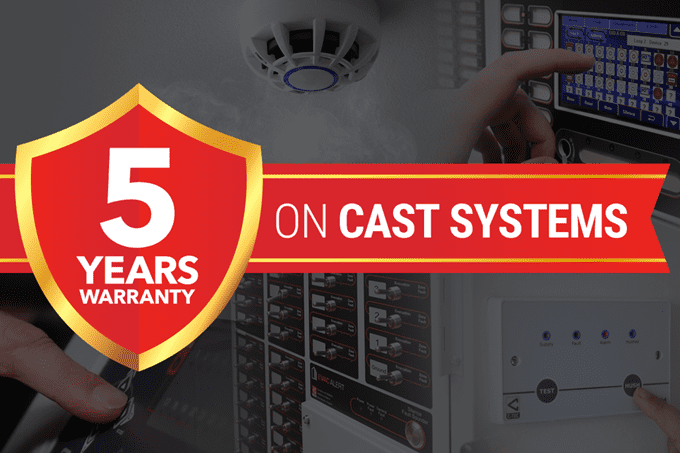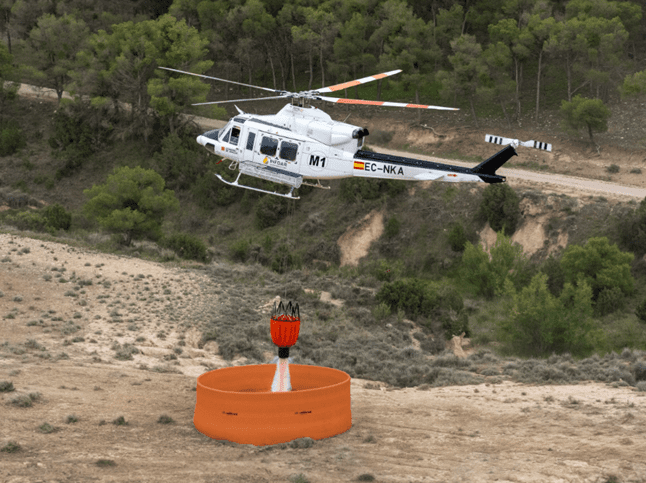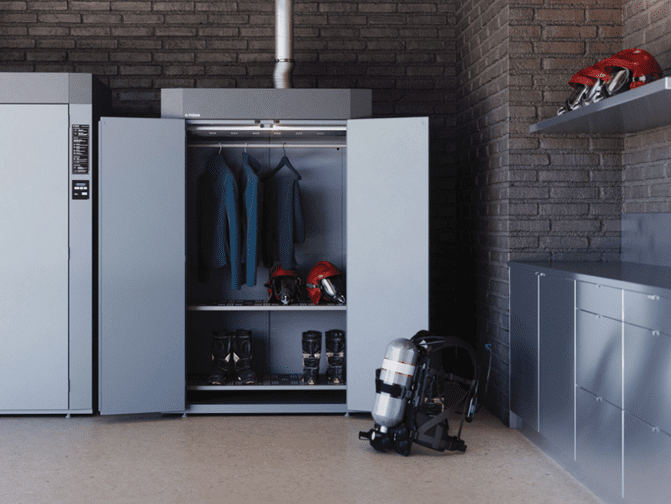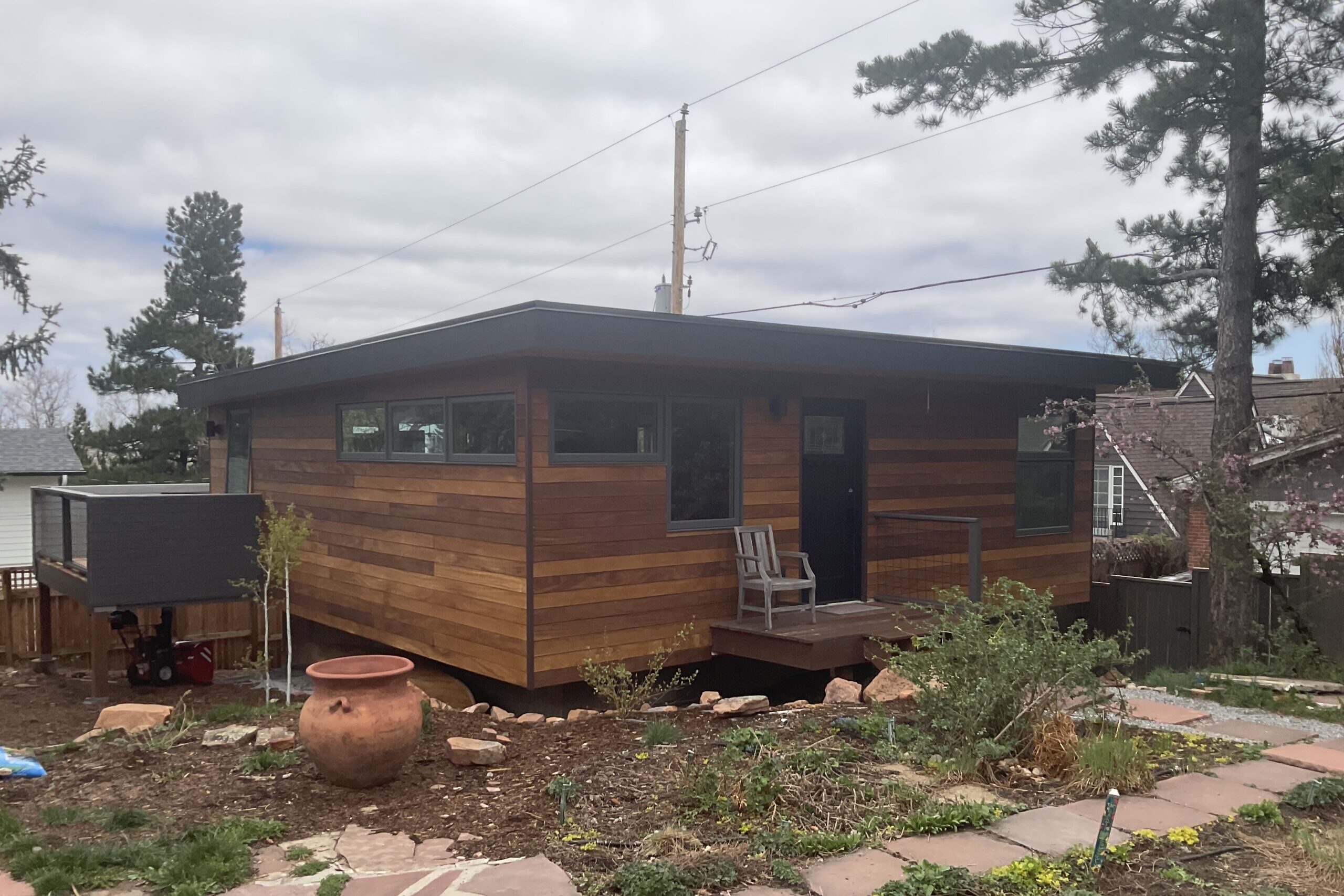Johannes Mario Kahlert, Senior Vice President Global Fire Safety Products at Siemens Smart Infrastructure, speaks exclusively to International Fire Buyer about the company, its DNA and its substantial progress
Siemens is a colossal company, but how important is the fire safety unit to the brand?
At Siemens Smart Infrastructure our goal is to create human-centric environments that are comfortable and safe for people to live and work. Fire safety is an integral part of that. It’s an area we’ve pioneered for a long time, but also one where we’ve been innovating for decades. Today, you will find our fire systems in all kind of infrastructure – be it museums where valuable works of art and artefacts are kept safe, data centers where critical data is stored, or office buildings where hundreds of people expect to have a safe place to work.
Siemens has come a long way in developing intelligent infrastructure for buildings. Our fire safety business has also developed in parallel, becoming more intelligent and efficient. We started in fire safety already in 1851 and built the first fire alarm system based on telegraph technology, by connecting local telegraph systems with fire and police stations. A couple of years later, the first fixed automated extinguishing systems were combined with fire detection, setting a standard for integrated solutions that are still valid today. You see, we understood the importance of early and reliable detection and were able to develop a product that guarantees customers no false alarms, which made us the single largest distributor of Cerberus fire detectors at the time.
So, to answer your question, our fire safety business is paramount to what we stand for, which is creating environments that care. Environments that protect inhabitants from fire, ensure their safety and support business continuity. That’s what our customers expect and that’s what we strive to deliver.
A running theme throughout the company is innovation, how do you ensure you stand out from your competitors?
At Siemens we often like to say innovation is part of our DNA. We pride ourselves on coming up with more than 30 inventions per working day, as a company overall. This happens across businesses, products and services. Fire safety is also an area we’ve been innovating, including using digitalization and cloud technology to enhance our offering.
Driving innovation that touches people’s safety is something we take very seriously. For us, quality equals reliability. We want our customers, their employees and assets to be safe. This only happens when they find our products, our innovations and expertise reliable. It is also important to cater to their specific needs – there isn’t a one-size-fits-all. We have a fundamental understanding of our customers’ businesses and listen carefully to their needs and pain points.
Our international product management and Research & Development teams work closely with our customers to ensure a fast and reliable solution is found to address their requirements. Every product goes into field testing before it is implemented at a customer’s site. Although it’s a global network of knowledge sharing, we have the local expertise close to where our customers are. In that sense, we’re a global-local company.
What’s also exciting is we invest in new ways of working, to stay competitive and innovative. In our offices, we have set up creative areas – much like start-up incubators – to foster innovation and cross-functional collaboration. Agility and innovation management have become crucial to our daily business. A team of ‘user experience’ experts is an integral part of our projects to ensure we put ourselves in the customer’s shoes and understand the usability of products from their perspective.
False fire alarms are incredibly problematic, how can a Siemens product prevent one?
This is where our long history and expertise in fire systems has paid off. We were able to develop and proudly offer our customers the Advanced Signal Analysis (ASAtechnology) as part of our detectors. Today, this is a technology that millions of people rely on in offices, hotels, schools and hospitals around the world. ASAtechnology interprets and evaluates the signals in real time. This allows the detector to reliably distinguish between a real fire and deceptive phenomena such as dust, steam or gas. It prevents false alarms and the costly business interruptions that accompany them.
False alarms can also occur when detectors do not fit into their environments, which is why we offer different solutions for different environments and challenges. Our technology is combined with deep domain know-how we’ve accumulated in the field. We test in our own fire laboratory at our HQ in Zug in Switzerland. Even official test labs come to consult on test procedures with our fire lab experts. By testing in real-life conditions at our other test facilities in Switzerland, at the Hagerbach Teststollen in Sargans and in Altenrhein, we ensure high reliability. As a fixed part of our product development process, we run intensive field tests which go beyond the regulatory requirements.
You claim to guarantee the best possible protection – how?
When something matters to you, you want to give it the best possible protection. At Siemens Smart Infrastructure, we believe every element of protection matters, from early detection, alarming and evacuation, to extinguishing and danger management, on site and through the cloud and suitable solutions and services. We want to protect people, buildings, the businesses within them, and the surrounding infrastructure. We’re looking into various applications such as e-houses where fire safety is essential to safely run them. Businesses and buildings are becoming more and more complex. They require increasingly sophisticated approaches to fire safety, where all elements of fire safety are covered. It is about having a holistic approach to fire protection, making sure that every element of protection has been covered.
As fire cases differ between solids, flammable liquids and gases, metals as well as electrical fires, every application is different. We have deep knowledge to address different requirements of applications and deliver the best solution. Our offering consists of a fast and reliable detection as the core element. But detection alone is not enough; safe and fast alarming and evacuation, plus extinguishing, danger and building management, help protect invaluable assets. By knowing the businesses and the industry our customers work in and their specific fire safety requirements, we can react to their needs with the best solution.
As a worldwide company, how do you ensure your products meet different regulations in different countries?
Our Fire Safety unit covers a worldwide portfolio geared to different regulations like EN, UL, CCCF and KFI. With three R&D centers just in Switzerland, and others around the world – U.S., China, India, Korea and France – we can closely monitor and act fast in major markets. Thanks to our experience, we contribute to standards before they are defined. This allows us to listen carefully to market needs and shape the future of the fire safety industry with our experts in different fields.
When it comes to kitting out various different buildings – for example, hotels, offices, schools – how much planning goes into this to ensure the correct products are placed?
It all starts with good planning, relying on expertise from fire experts and engineers. A safety concept in an office building is different from a hospital. Either Siemens fire experts in countries of our certified solution partners can provide our customers with a comprehensive concept to fit different building types. We ensure that our global certified solution partners (around 700) are trained continuously and get our support from planning, installation and commissioning, all the way to operational phases. We help our customers digitalize their buildings with a digital twin, and as a next step look into Building Information Modeling, what we call BIM. BIM is part of the building planning process, where we offer our consultancy. With a digital twin and a BIM – a model of a building is first built virtually then physically, with construction only beginning after the virtual building meets all expectations and specifications. Once the building is operational, the digital twin and BIM enable it to respond and adapt to changing needs, while it remains effective and efficient.
Is there a particular Siemens product that you hold dear to your heart for how successful it was/is?
We have to look at the whole Siemens fire safety offering and its progress to answer this question. While detection with false-alarm-free ASAtechnology is still our flagship and most successful product so far, Siemens fire protection systems are being digitalized significantly. In 2019, we have introduced the cloud-based Cerberus Portal, which enables 24/7 monitoring and remote access of multi-sites anytime and anywhere. This digital journey changed and will continue to change the traditional fire safety business. This excites me. Bringing the old and new worlds together will create bigger benefits to customers and the people and assets they want to protect.
Where do you personally see the Siemens Fire Safety unit within the next five years?
I see new possibilities coming up with digitalization, such as predictive maintenance and cloud-based apps as part of a smart buildings’ ecosystem. Our higher purpose is to develop technology that protects humankind. That won’t change. Digitalization of fire safety in all steps, beginning from design and planning, to installation, commissioning and maintenance, will help meet our purpose. On top of this, digitalization of Siemens fire systems is the key lever to improve efficiency in services. I hope to see our Fire Safety unit entering new verticals and application fields where protection is critical. This would extend our market opportunities and our know-how space. Moving more to the vertical application space, we need to look into digital opportunities and bring more ‘smartness’ into our products. But all this relies on what I’ve said before in terms of quality: to deliver stable, innovative and reliable products as the foundation for digitalization. Connectivity of fire systems to the cloud will allow not only remote access but also enable cloud-based digital services. Maintenance work is no longer done on a fixed cycle, but on a condition and need basis. Sensors collect and send various data real-time to the cloud. The complete service offering could be transformed from preventive to predictive maintenance. This will help the stakeholders to make data driven decisions and, ultimately, achieve higher operational efficiency. I see our unit bringing excellent products together with future innovations to create even safer smart buildings.
About the interviewee
Johannes Mario Kahlert has been working at Siemens for 21 years. For the last seven years, he has been leading the global Fire Safety business at Siemens Smart Infrastructure. In his previous positions, he gained broad international experience in strategic consulting and sales. His tenor as the General Manager of a holding company and Head of Strategy at Siemens Digital Industries further enriched his experience. Kahlert regularly shares his experience with the next generation through lectures at the schools of ESMT in Berlin and HSLU in Lucerne. Mario is married, has three children and lives in Switzerland.
